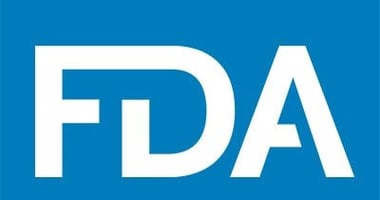A new app will soon be available to help clinicians diagnose traumatic brain injury in as little as...
FDA Approves Marketing of Eye-Tracking Test for Detecting Concussion
 |
The device, known as EyeBOX, uses a camera to measure a patient’s eye movements in response to a stimulus. Such information can help physicians and other health care professionals better assess the extent of a patient’s brain injury.
“Other diagnostics require a baseline test, typically generated at the beginning of a sport season, pre-injury, [which] is compared to subsequent test results at the time of a suspected concussion. In many situations, a baseline concussion assessment is not feasible, especially when evaluating trauma patients in the emergency room,” according to a press statement by Oculogica, the manufacturer of the device. “EyeBOX’s unique eye-tracking algorithm enables it to be baseline-free, a major advancement for the field.”
The FDA’s decision to approve the test for marketing was based in part on the results of a trial of 282 patients who presented with a suspected head injury to the emergency departments and sports medicine clinics at six independent clinical sites. The researchers compared the results of the EyeBOX test with those of a clinical reference standard for concussion. According to Oculogica, “The study showed that the EyeBOX had high sensitivity to the presence of concussion and that a negative EyeBOX result is consistent with a lack of concussion, thus providing objective data for health care providers to aid in the evaluation of patients with suspected TBI.”
EyeBOX is intended for patients aged 5 to 67 years, according to Oculogica.
For related information, see the Psychiatric News article “FDA Clears the Way for First Blood Test to Evaluate Head Injuries” and the Journal of Neuropsychiatry and Clinical Neurosciences article “Saccadic Impairment Associated With Remote History of Mild Traumatic Brain Injury.”
(Image: iStock/CoffeeAndMilk)






